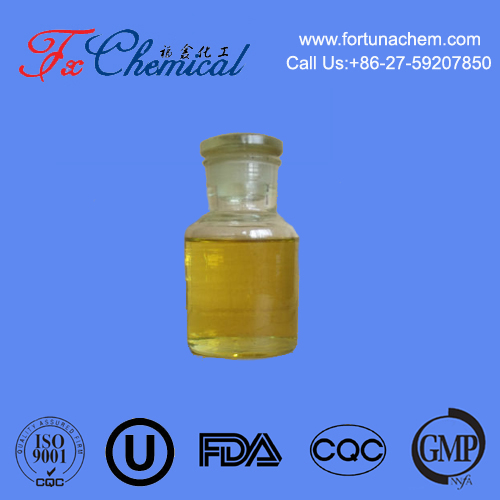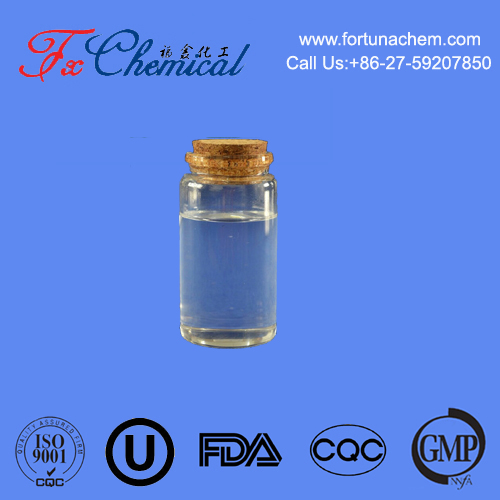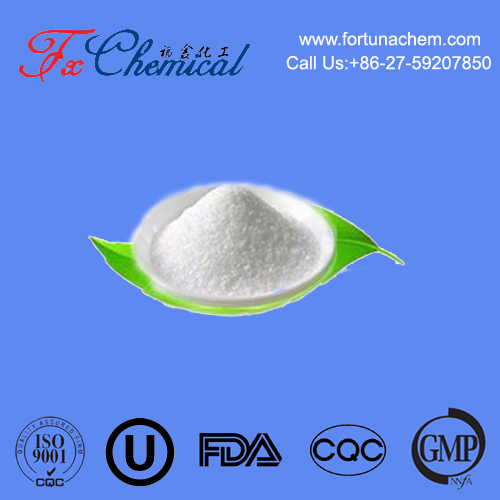
Search

Search

What are synthetic fragrances? Synthetic fragrances, also known as artificial flavors, are created by humans using scientific methods to imitate natural flavors. They are made by preparing or creating a specific "single molecule" flavor using different materials through chemical or biological synthesis. There are over 5,000 synthetic fragrances in the world, with more than 400 commonly used products. The synthetic fragrances industry has become an important part of fine organic chemistry. Synthetic fragrances can be differentiated by their chemical structure or functional groups, including hydrocarbons, alcohols, acids, esters, lactones, aldehydes, ketones, phenols, ethers, cyclized aldehydes, cyclized ketones, pyridine, pyridine, furan thiophene, poly-cyclic compounds, heterocycles (pyrazine, pyridine, furan, thiophene, etc.), sulfides, halides, and more.
The methods used for synthesizing flavors can vary widely and involve multiple organic reactions such as oxidation, reduction, esterification, condensation, cyclization, addition, isomerization, cleavage, etc. Purification usually involves elements of operation such as vacuum distillation and crystallization. In addition to meeting the physical and chemical specifications such as specific gravity, refractive index, specific rotation, melting point, and solubility, products must also meet the required fragrance quality requirements. Whether it is for food flavors or cosmetic flavors, the quality standards for safe use of the flavors are the same.
Aliphatic compounds
Various types of aliphatic compounds are widely distributed in nature; however, the number of compounds used as flavor substances is not as many as their existence suggests. This is because as the number of carbon atoms increases, the odor of the compounds gradually weakens, and aliphatic compounds with more than fourteen carbon atoms have no odor.
Aromatic flavor
Aromatic synthetic fragrances play a relatively important role among the basic synthetic fragrances. Important aromatic ingredients such as phenylethanol, vanillin, and eugenol are produced and used in significant amounts every year.
Terpenoid flavor
The so-called terpenoid synthetic fragrances refer to a class of substances composed of two or more isoprene units connected at the head and tail. Depending on the number of carbon atoms in the terpenoid substance, terpenoids can be divided into monoterpenoids (C10), sesquiterpenoids (C15), diterpenoids (C20), bisaboloids (C25), and triterpenoids (C30). Terpenoid substances can also be classified as linear terpenoids and cyclic terpenoids, with cyclic terpenoid substances including mono-cyclic, bi-cyclic, and multi-cyclic types.
Heterocyclic flavor substances
Compounds with nitrogen, oxygen, and sulfur atoms on the ring are called heterocyclic compounds. As nitrogen, oxygen, and sulfur heterocyclic compounds are found in food flavor ingredients and have high value sensory characteristics, these compounds are the most interesting flavor substances. Although they exist only in trace amounts in various foods, their strong odor and low threshold make them important in enhancing the basic natural aroma characteristics of foods.

Quick Links
Add:
E-mail:
 English
English  Español
Español  français
français  العربية
العربية 


